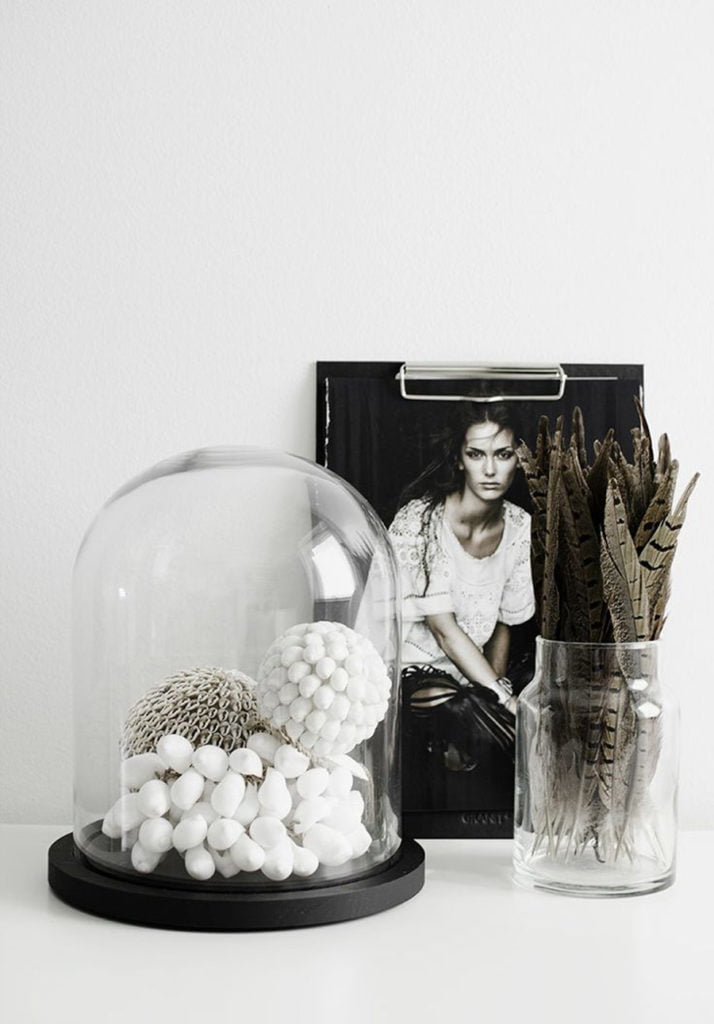What is the rule of thirds? Actually rule of thirds is one of the fundamental principles of design that inescapable in design. It’s a fundamental guideline that’s so simple and effective; it often feels like a cheat: divide your design into three rows and three columns. The points where the vertical and horizontal lines meet form natural guidelines for where you should place your subject and supporting elements. Struggling with finding balance in your designs? The rule of thirds is about to become your best friend.
Proportion is an important principle of design, and an excellent tool to help us as we make decisions about layout. But it is not the only tool like rule of thirds. There are other elements and principles to consider as well. In placing visual elements for an effective composition, one must assess the other elements and principles of design including shape, texture, color, dominance, balance, etc. Let’s see how to use rule of thirds use in interior design and architecture.
Principle of design – how to use rule of thirds in interior and architecture

The rule of thirds says that compositions have more visual interest when elements are one- and two-thirds from the edges of their canvas. Two-column layouts, for example, do better when slightly indented away from the edges of a browser window.
The rule of thirds however deals with a whole different design theory. The rule of thirds instead is a way to place elements within a design as a way to control where viewer’s eyes will travel and what they will see.
The rule of thirds states that an surface should be imagined as divided into nine equal parts by two equally-spaced horizontal lines and two equally-spaced vertical lines, and that important composition elements should be placed along these lines or their intersections.
The idea is that by placing and arranging elements with the rule of thirds in mind will create a more interesting design and that a user’s eye will flow through the intersections of the grid thus creating a design that has more energy and tension.
You may have noticed that this description of the rule of thirds does not talk about nor focus on proportion. You may also notice that an element taking up two out of three columns does not equate to the mathematics that determine the golden ratio. They are two completely different rules.
Interior decor and the rule of thirds
In the world of interior decor, there is a whole world of vowel and unspoken rules, adhering to which, you can easily achieve the most successful result. They were derived by trial and mistakes, observation and experimentation. So, one of the basic rules of competent decor of any surface in the house (be it a shelf above the fireplace, a console top, a bedside table or a coffee table) is called the “rule of thirds”. What is its essence and how to use it, says our today’s post.
How rule of third works
The “rule of thirds” is based on a simple and verified fact: we best visualize the compositions of three objects, different in shape, color and size. So, the subjects complement each other, maintaining the balance and not breaking the harmony. We will give in this material a number of successful examples of decorative design of various surfaces according to this principle, and you will see for yourself that it is effective!
Examples of incorporate the rule of thirds
Scale overrules all other rules
While we have shown that the rule of thirds adds visual depth and interest, there is something that makes that rule null and void—scale. The scale or size of your room or items within your room may require you to break the rule of thirds.
If the island in your kitchen is small, it may look cluttered and over-powering to have three large pendant lights dangling above it, forcing you to only have two pendants instead. Or if you have a small, dainty coffee table it may look too “heavy” to arrange three items on top of it. On the other side of the scale spectrum, an item may be very large and require more than three items in order for it to maintain its balance.
Balance the rule of thirds with the scale of the room and its objects within, ensuring that your room is well-proportioned and scale-appropriate.
Windows in three’s
While symmetry in architecture is imperative for a balanced design, there can be nice touch of visual fun by imparting the rule of thirds into your homes architecture.
While one side of the house may have 1 large window, the opposite side could feature 3 smaller windows whose scale, when combined, match and balance with the larger singular window. This is just a fun way that your home design can be unique and play with visual symmetry and balance.
Don’t take the rule of thirds too literally
Now that we have hammered this rule into your head, we are going to take a step backwards and tell you not to take it too seriously. Don’t run about your home making arrangements of three everywhere. Symmetry is not bad, nor is breaking the rules.
The rule of thirds is a guideline that can be bent. Essentially, it was put into place so that people understand that a odd-number of items is more interesting than an even-number of items. So, yes, you can arrange 5 items or 9 items into a grouping and still achieve the same visual interest.
Arrange furniture using the rule of thirds
Arranging furniture within a room can seem like a mystery. There seems to be too many rules when it comes to furniture placement. While you may be tempted to ignore some of those rules, we suggest you follow the rule of thirds in order to achieve a room that functions and flows.
Whether you have one large sofa and two large club chairs, or two dainty love-seats and one delicate chair-the rule of thirds will help you place your main furniture into cohesive groupings.
It is important to create furniture groupings where size and shape mimic each other, creating an integrated look. The room’s visual height and scale can be adjusted with other various-sized objects, but furniture should be similar in size/scale/shape when grouped together.
How to combine three fabrics
Combining fabrics can be tricky. It can be tempting to just pick one fabric that you love and use it on your curtains, pillows etc… but wouldn’t that be really boring, and probably over-powering?
When designing any room in your home, it is best to choose thirds fabrics that play up one another’s colors, patterns and textures. Threads may be a sewing magazine, but their article offers very helpful ways to choose color combinations that can be applied to your interior design. They suggest you lay-out all your fabric options and choose fabrics based on texture, pattern and color.
Three textures look best
Have you ever looked closely at an all-white room? If you did, then you probably noticed that the room is not really all-white, even though it initially appears that way.
In fact, upon closer inspection of an all-white room, you will see numerous shades of white, cream, beige and brown. You will also notice a lot of different textures—wood, rattan, linen, and nubby cottons. Yes, this rule of thirds extends to room texture, as well.
Three colors in a room
As shown in this wikihow article, there is a standard equation that works best when choosing room colors-60, 30, 10.
- 60% being the main room color,
- 30% being the secondary color,
- 10% being the accent color.
This ratio can be applied to all interior and exterior colors that you choose for your home. Take for example your living room— 60% may be neutral beige, 30% may be a bold navy blue accent wall, and 10% could be coral-colored throw cushions with navy blue trim/accents.
If bold color combinations are not for you, then choose three varying shades of the same color for a neutral, more calming room design. Either way, if you follow the rule of thirds when choosing colors, then you are guaranteed to achieve a room that is well-designed and welcoming.
Artwork and decoration
One of the best things when it comes to the rule of thirds is that you generally don’t need to go out shopping for new furniture or any new expensive items. You just need to take a look at your home interior and see how you can apply the rule of thirds to make some significant improvements.
The rule of thirds in architecture
We all know how symmetry in architecture is important for a well-balanced design. You should think about including the rule of thirds into your homes architecture. There is a great idea to make your home more modern with the magic number three. For example, what if you have one large window on one side of the house while the opposite side could have three smaller windows, perfectly matching the larger one. This is a great way to make your home design more unique and visually perfectly balanced.
Crux:
When it comes to interior design, the perfect home decor is created by a series of rules to create more interesting and glamorous interior. And rule of thirds is most helpful in it.







[…] rule of thirds (1) is a compositional guideline that suggests dividing a space into nine equal sections using two […]